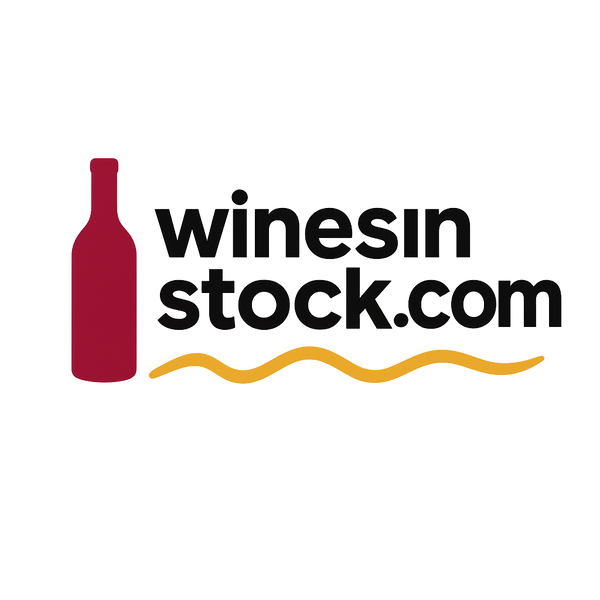
Auction's Ripple in 2025 Fine Wine Market
Share
Introduction to the 2025 Fine Wine Auction Phenomenon
As the fine wine market evolves, 2025 stands out as a pivotal year, marked by a surge in auction activity that has captivated collectors and investors alike. The phenomenon is not merely a reflection of growing interest; it signals a broader shift in how fine wines are perceived and valued. With the rise of digital platforms, traditional auction houses have adapted, enabling a more global participation that transcends geographical boundaries. This accessibility has democratized the market, inviting a diverse array of bidders—from seasoned connoisseurs to newcomers eager to explore the world of fine wines.
Moreover, the increasing rarity of sought-after vintages, coupled with a heightened appreciation for provenance and quality, has intensified competition at auctions. As collectors vie for limited lots, the resultant price escalations have not only redefined market benchmarks but have also sparked conversations about investment potential. This dynamic interplay between supply and demand is reshaping the landscape, making 2025 a landmark year in the fine wine auction scene.
Analyzing the Market Impact: Winners and Losers
As the 2025 fine wine auction season unfolds, the market's dynamics reveal a clear delineation between winners and losers. On one hand, established brands with proven track records continue to thrive, drawing collectors eager to invest in wines that promise both prestige and potential appreciation. These stalwarts benefit from a blend of brand loyalty and the allure of limited releases, often seeing their prices soar during auctions. Conversely, newer entrants and lesser-known labels struggle to gain traction, often overshadowed by the market's giants. The disparity is further exacerbated by shifting consumer preferences, where the demand for organic and sustainable wines is on the rise. As collectors increasingly prioritize provenance and ethical sourcing, those brands that adapt swiftly to these trends find themselves well-positioned for success. Meanwhile, traditional producers who fail to innovate risk becoming relics of a bygone era, highlighting the pressing need for agility in an ever-evolving market landscape.
Future Outlook: Long-Term Implications for Collectors and Investors
As we look ahead, the future of the fine wine market is poised for significant transformations that will impact both collectors and investors alike. The growing interest in sustainable and organic wines is likely to shape purchasing decisions, as consumers increasingly prioritize environmental responsibility. This shift may lead to a premium on wines produced with eco-friendly methods, creating new investment opportunities in this niche.
Furthermore, the integration of technology in wine auctions is expected to enhance accessibility and transparency, allowing a broader audience to participate in the market. Online platforms will continue to evolve, providing detailed provenance and authentication, which will bolster confidence among buyers.
However, potential economic fluctuations and changing consumer preferences could introduce volatility. Investors must remain vigilant, adapting their strategies to navigate these uncertainties while capitalizing on emerging trends. Ultimately, those who embrace innovation and sustainability will likely find themselves at the forefront of this dynamic market, reaping the rewards of their foresight.
